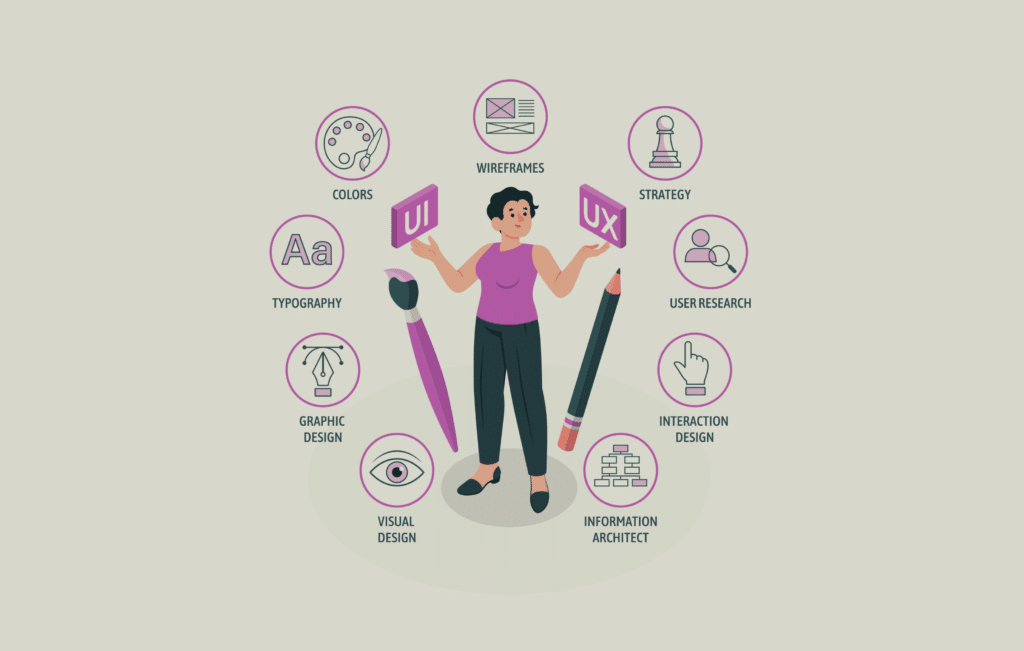It will not be an exaggeration to say that we are currently in the era of startups, where every individual has a product/service idea in their mind, that they think can turn into a flourishing business. But, is that all? Is having an idea coupled with the passion and the right resources enough to build an empire?
Well, a good idea can indeed bring you into the business zone, but it will go off the charts only if the product design is user-centered. Consumers nowadays have an infinite pool of choices, but they are most likely to prefer the option that caters to their needs holistically.
This is the reason why smart entrepreneurs are focusing on developing a user-centric design process to put the preferences of their target audience at the forefront, no matter what. After all, if your product is not as per the customers’ needs, the product might have a very short life, even if it was impressively innovative. And, if you seek the most optimal option, it is wise to get in touch with a promising ui ux design studio for a final product that your customers will love for a very long time.
What is a user-centered design process?
In short, UCD or User-centered design is a design methodology that keeps the end-users of a product as the top priority. UCD integrates the requirements, preferences, and emotions of the final consumers to develop a product that consumers will love in every sense because of the product’s relatability and relevancy. UCD helps in making a product that is functional, fulfilling, and emotionally resonating with the customers.
How to implement a user-centric design process for your startup?
Now that you have formed a basic understanding of UCD, it is imperative to understand what goes into this process or what steps will lead you to a consumer-centered product.
As someone stepping afresh in the startup line, implementing a user-centric design process may seem daunting. Worry not; an experienced ui ux design studio will help you breeze through everything easily and effectively.
Here is a sneak peek of the key steps that will help you to build a design process that puts the customer first.
Step 1: Conduct comprehensive user research
Since your end goal is to satisfy the customer, it will make sense to know what the customer demands at the earliest stage of the design or product development. Thus, be it about developing a new product from scratch or adding new features to the existing model, it will become imperative to conduct user research. You can either opt for interviews, questionnaires, surveys, usability testing, market analysis, etc. to conduct this research.
Adopt any approach that can give you a deep understanding of your target audience’s expectations for the product. The best tip here is to focus on identifying the pain points that the target audience faces. Check if there are unmet needs or desires. By understanding these key insights, you can design a user-centered product instead of making something that can be redundant to the consumers.
Step 2: Use research results for implementations
Mere research will yield no fruits; you will have to use every bit of research result in developing the product or design. Gather answers to why the consumers will use your product, what existing challenges your product solves for them, what features will attract the customers, and so on. These answers will help you in the implementation stage and help you achieve the goal of being user-centered.
The implementation phase can turn a bit technical as it involves bringing thoughts, research, and everything else on paper to the practical zone. You will have to use technologies, wireframes, prototypes, visual representations, etc. to develop the outline of the product in the real sense. Hire an adept team from a trusted ui ux design studio that can align customer preference with intricate designing utterly well.
Step 3: Put implementations to intensive testing
Once you have got the prototype designed keeping in mind customer expectations, it will be time to test the prototype. The best way is to test the same with real users instead of going with an artificial setting or faux audience. This testing stage is usually called beta testing where you make your developed prototype available to some real users for actual use and feedback. You can use your own approach for testing.
It will become highly imperative that you conduct the testing in a realistic environment. For example, the prototype of a mountain bike must be tested in mountains and not on random rough roads. The more real you will keep the testing phase, the more usability and customer reaction you will be able to gather. Testing the prototype in controlled conditions will be highly likely to cause cost and repercussions later.
Step 4: Get feedback and make way for iterations
After testing the designed product, the next crucial step will be to closely note down the feedback at every possible corner. Try to know the most favorite thing for the customer while testing the product. You must get detailed feedback on what the customer did not like or where he feels the need for improvement. This stage is crucial as it will allow you room for modifications in the best interest of the final consumers.
Based on the feedback received during testing, you should then iterate on the design. Incorporate the sought improvements and changes that address pain points or issues shared by the testing customers. Instead of solely relying on customer feedback, it will be wise to test the product personally and look for the needed iterations. Repeat this process until the product is fully refined and satisfies the target audience.
Step 5: Take a look. Launch and monitor.
Once you have successfully passed all the steps, your product will be ready to launch. But, your work does not end here. You will have to be active in tracking further user feedback and engagement. Ask an advanced ui ux design studio to use tracking metrics such as user retention, conversion rates, and customer satisfaction. Rework whenever required and keep achieving better.









